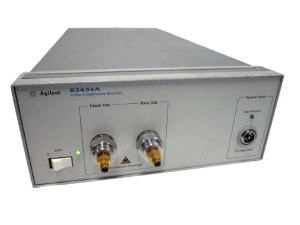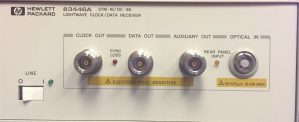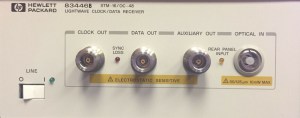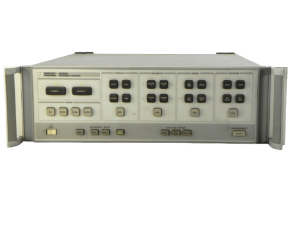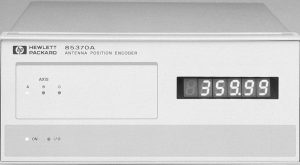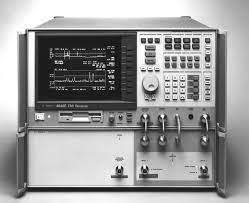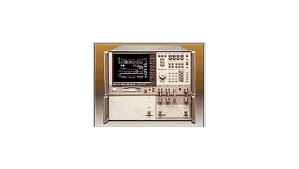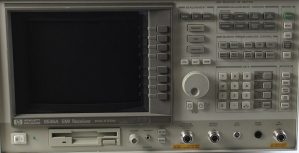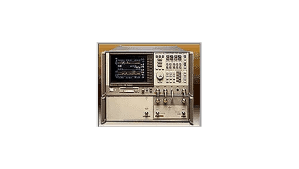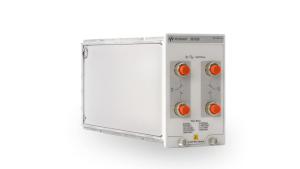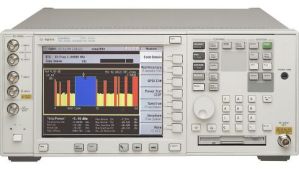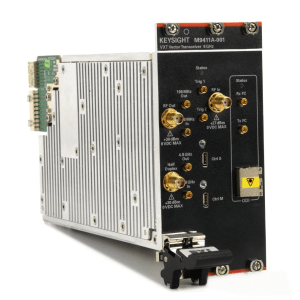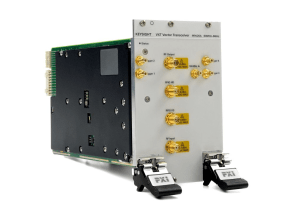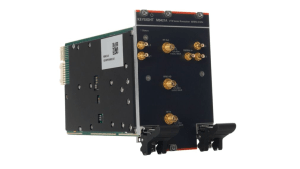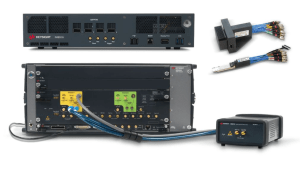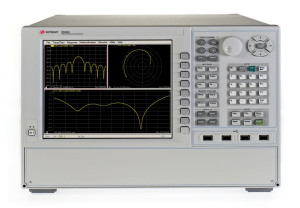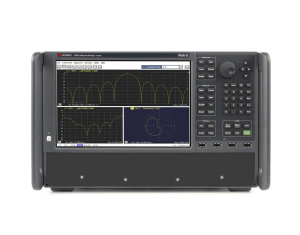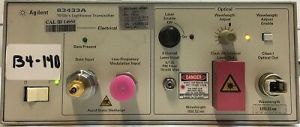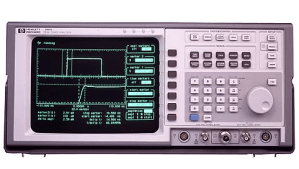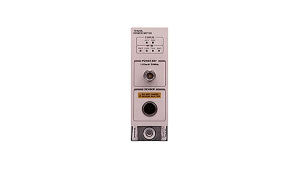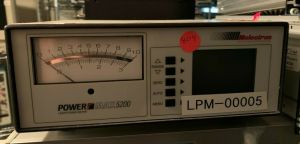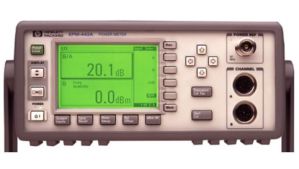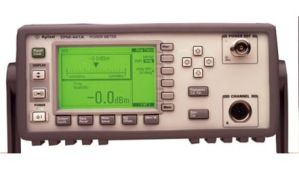Receiver’s Starting only from $199.0
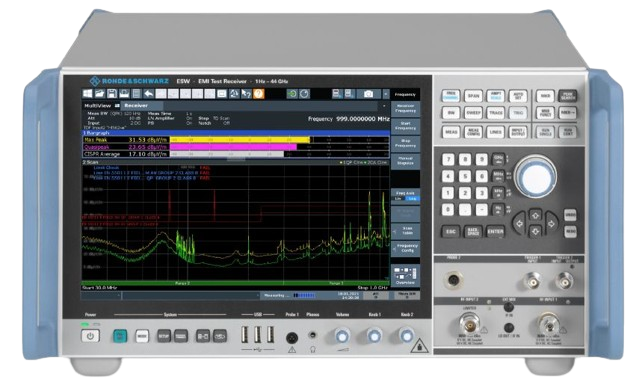
Lowest Prices Guaranteed!
Get your Receiver from Wyoming Electronics Inc Today!
Elevate your testing capabilities with our state-of-the-art test equipment, the Receiver. Engineered for accuracy and reliability, our receiver’s are the go-to choice for professionals seeking precise measurements and dependable results. Whether you’re in telecommunications, aerospace, or electronic manufacturing, our Receivers provide the clarity and precision you need to diagnose, analyze, and innovate.
Choose from multiple
- Rf, Microwave, Optical, Audio, etc
- Brands like Anritsu, HP, Agilent, Keysight, Rohde & Schwarz, Ando, Advantest, Burleigh, and many more!
- Types: Handheld, Portable and Benchtops
Service & Repairs ⋅ Customizable ⋅ OEM Calibration ⋅ Fully Refundable upto 30 Days
Can’t find what you are looking for?
Key Considerations When Purchasing Test Equipment Receivers
Introduction:
Test equipment receivers are crucial tools in the fields of telecommunications, electronics, and signal processing. They are used to analyze and measure the characteristics of electromagnetic signals, ensuring the performance and reliability of various systems. Whether you’re setting up a new lab or upgrading your existing equipment, selecting the right receiver is essential for accurate and efficient testing. In this blog, we’ll explore the key considerations when buying test equipment receivers.
- Frequency Range:
- The frequency range of the receiver is a critical factor. Ensure that the receiver covers the entire frequency range of the signals you intend to test. For example, if you’re working with RF signals, you might need a receiver that can handle frequencies from a few kHz to several GHz.
- Sensitivity and Noise Figure:
- Sensitivity refers to the minimum signal level that the receiver can detect. A receiver with high sensitivity can measure weaker signals accurately. The noise figure indicates the amount of noise added by the receiver. A lower noise figure means better signal-to-noise ratio, resulting in clearer signal measurements.
- Dynamic Range:
- Dynamic range is the range over which the receiver can accurately measure signal power. It’s essential for applications where you need to measure both strong and weak signals. Look for receivers with a high dynamic range to ensure accurate measurements across a wide range of signal strengths.
- Resolution Bandwidth (RBW):
- The resolution bandwidth determines the receiver’s ability to resolve closely spaced signals. A narrower RBW allows for more precise frequency measurements but may result in slower sweep times. Consider the trade-off between resolution and speed based on your testing requirements.
- Measurement Accuracy:
- Accuracy is crucial for reliable test results. Check the specifications for measurement accuracy, including frequency accuracy, amplitude accuracy, and phase accuracy. Ensure that the receiver meets the accuracy requirements for your applications.
- Connectivity and Interface Options:
- Consider how the receiver will integrate with your existing test setup. Look for receivers with multiple connectivity options, such as USB, Ethernet, GPIB, or HDMI, to ensure compatibility with your other equipment and software.
- Ease of Use:
- The user interface and software features of the receiver can impact your testing efficiency. Look for receivers with intuitive interfaces, easy-to-use software, and features like automatic measurements and reporting to streamline your testing process.
- Upgradeability and Scalability:
- Technology evolves rapidly, and your testing needs may change over time. Consider receivers that offer upgradeability, such as firmware updates or modular design, to ensure that your equipment can adapt to future requirements.
- Brand Reputation and Support:
- Choose a reputable brand with a proven track record in test equipment. Good technical support and customer service can be invaluable, especially if you encounter issues or need assistance with your equipment.
- Budget:
- Test equipment receivers can vary significantly in price. Determine your budget and prioritize the features that are most important for your testing needs. Keep in mind that investing in a high-quality receiver can save you time and money in the long run by ensuring accurate and reliable measurements.


